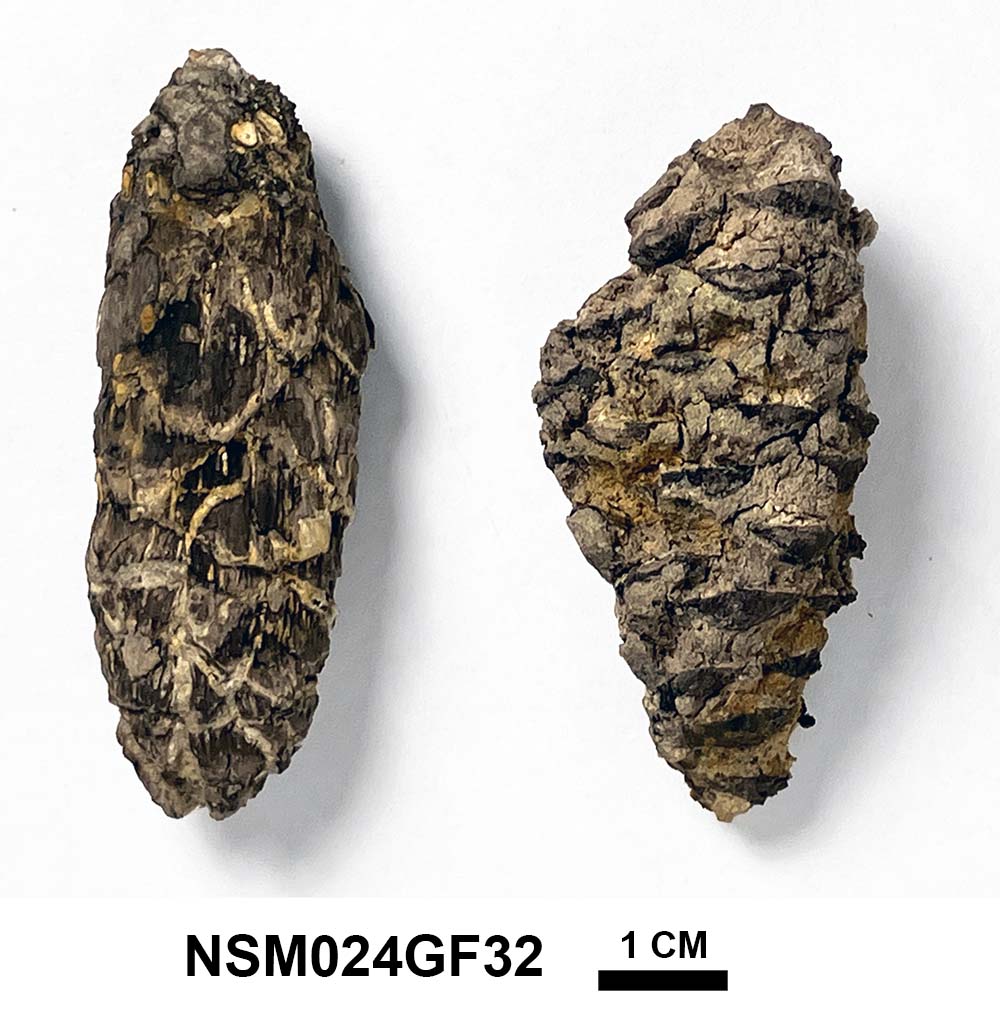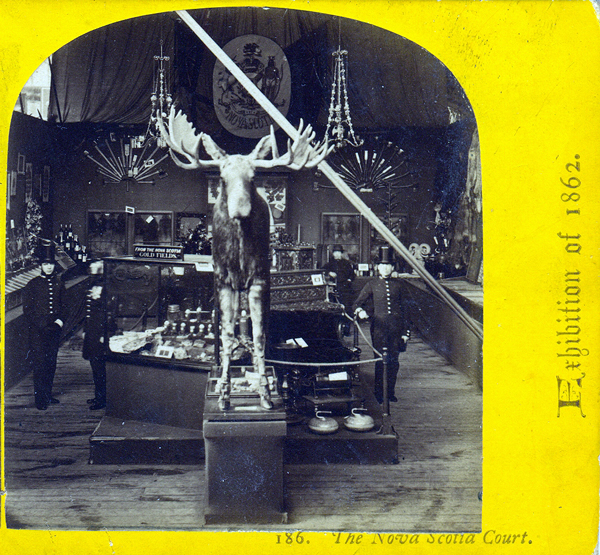Introducing a new discovery in Nova Scotia of fossil pine cones that may be from the Age of the Dinosaurs and up to 140 million years old.
Tim Fedak
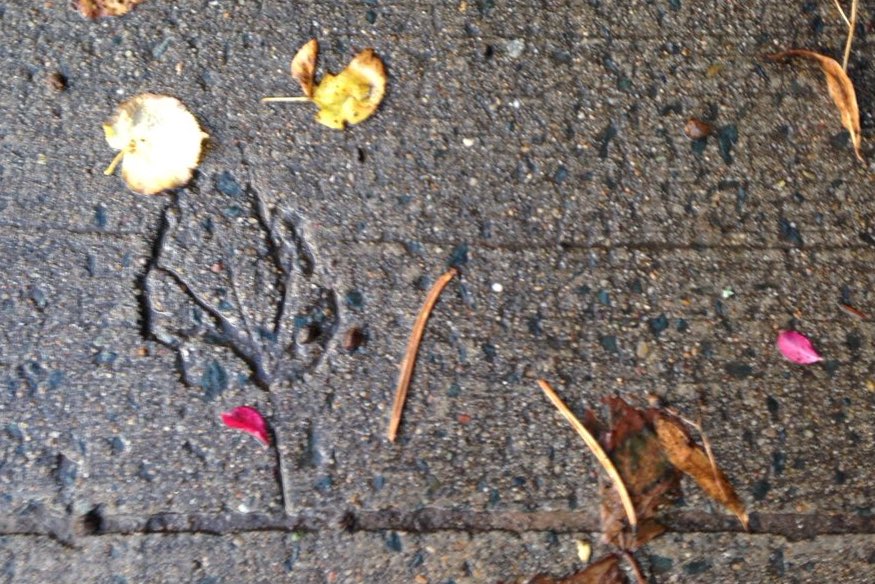
-----
PLEASE NOTE: At this time, people should stay within their neighbourhood and observe the Province’s minimum recommended social distancing from other people of two meters or six feet. For the latest information about the pandemic and public health recommendations, please see the Government website about Coronavirus https://novascotia.ca/coronavirus/.
-----
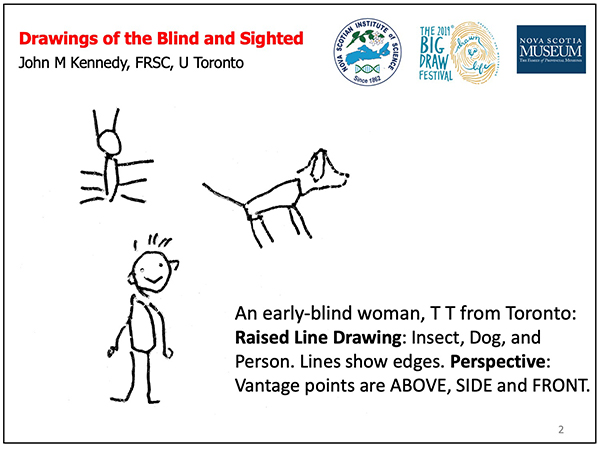
As a special event of the 2019 Big Draw Festival - Dr. John Kennedy from the University of Toronto gave the Nova Scotian Institute of Science (NSIS) Public Lecture on October 7, 2019. Dr. Kennedy spoke about “Drawing of the Blind and Sighted”, summarizing his research on a theory of drawing and development.
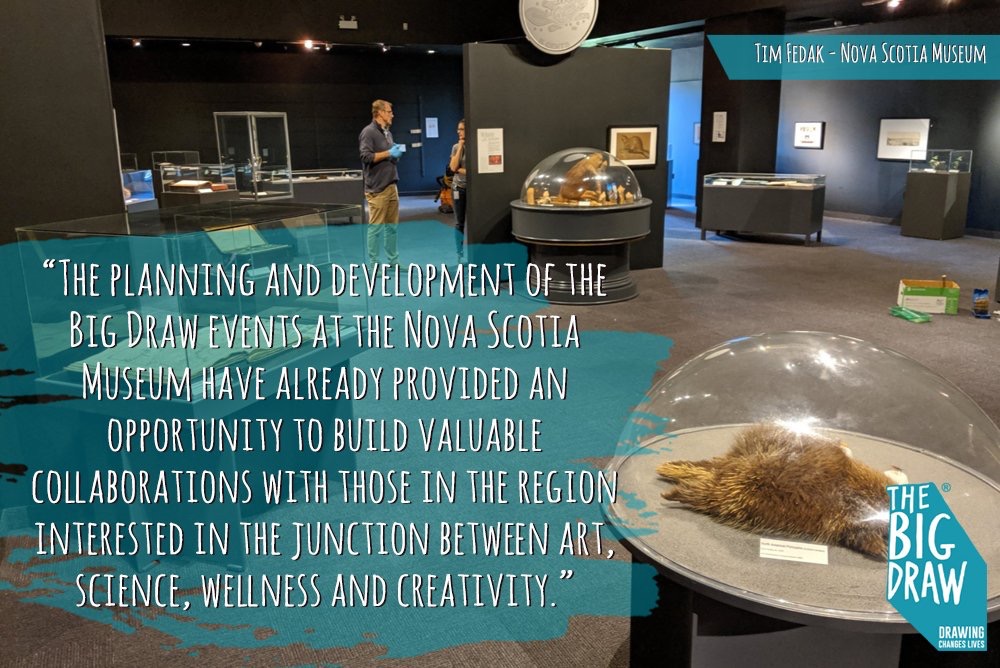
The Nova Scotia Museum is a participating sponsor of the 2019 Big Draw, an international festival devoted to promoting the value of drawing for creativity and wellness. A new exhibit Drawn to Life: Understanding The World Through Drawing is on display until November 3rd at the Museum of Natural History in Halifax.
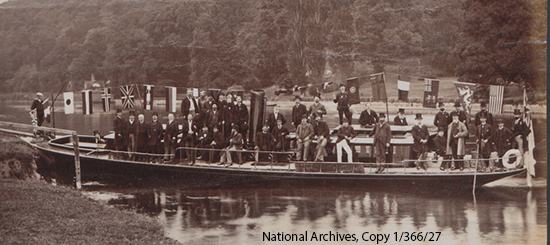
Today, we celebrate a series of historic photographs that were taken at the International Fisheries Exhibition in London on August 31, 1883.
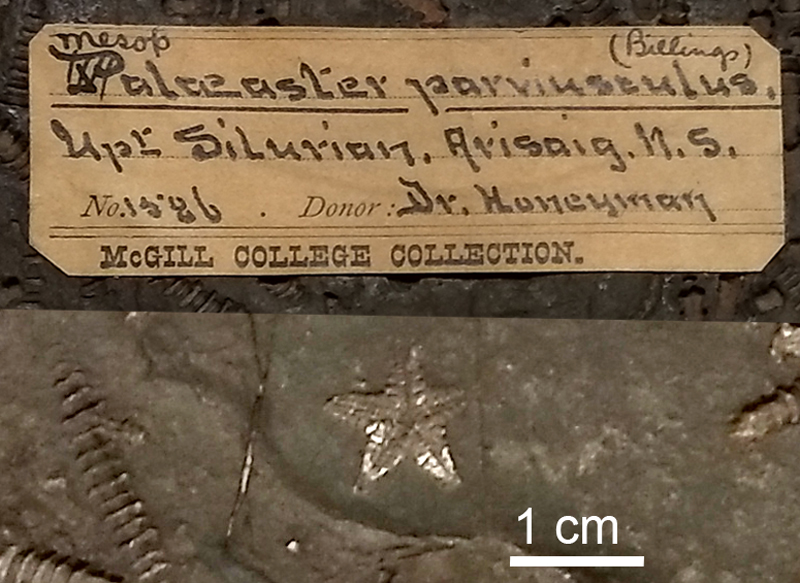
In April 1859, Rev. David Honeyman gave a public lecture on geology, describing the fossils and rocks at Arisaig, Nova Scotia. In his first published paper, David Honeyman reviewed the diversity of fossils he found along the scenic cliffs at Arisaig. Honeyman summarized the brachiopods, cephalopods, and crinoids, but the first fossil he mentioned was a tiny fossil starfish that he had sent to Dr. Dawson.
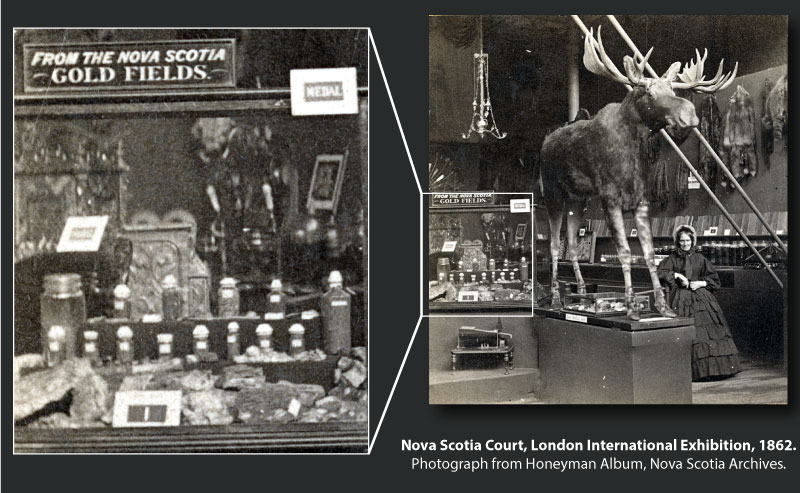
During the past year we have been exploring the impact of the Museum's first Curator, Dr. David Honeyman, and his work representing Nova Scotia at the 1862 International Exhibition in London. Today, as we celebrate the 200th birthday of John Ruskin (Born Feb. 8, 1819), it is exciting to have recently discovered a historical connection between Ruskin and the early geology collection of the Nova Scotia Museum.
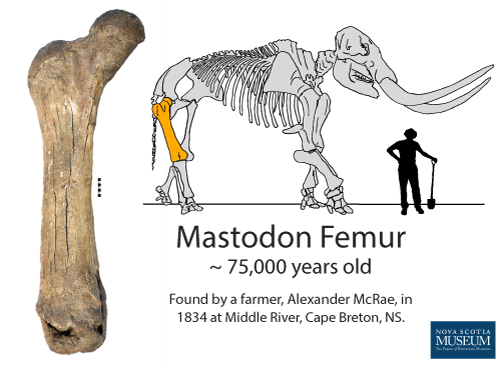
The Mastodon femur recently put back on display at the Museum of Natural History, was found in Middle River, Cape Breton, Nova Scotia. This bone has a big history!
Big Sandy
The huge bone was discovered by a Alexander McRae in 1834. Alexander's nick-name was "Big Sandy". We don't know if the Mastodon was a male or female, and it was found along the banks of the river, so Big Sandy might be a good nick-name for this historic femur.
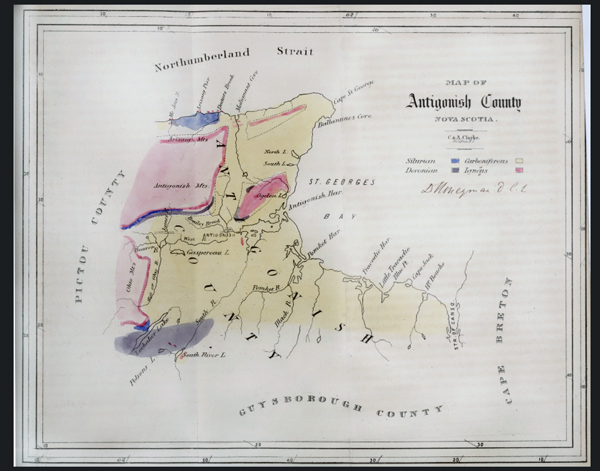
Map of Antigonish County, by David Honeyman, NSIS 1(4), 1867.
During the Museum's 150th anniversary, we are taking time to learn more about the Museum's history - including Dr. David Honeyman, the first Curator of the Nova Scotia Museum. As a paleontologist and geoscientist, I am particularly interested in Honeyman's work studying and promoting the geology of Nova Scotia. There are many stories to share (stay tuned), but it seems appropriate to start with his map.
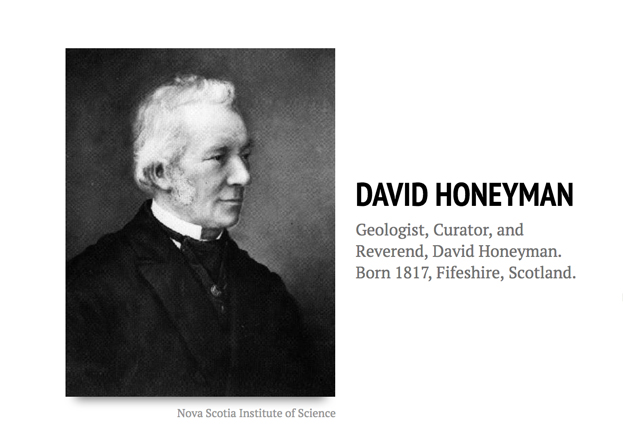
19th Century Science and Culture
As we begin the journey of #FindingHoneyman, we start with a timeline of David Honeyman - the first Curator of the Nova Scotia Museum. This timeline provides an opportunity to discover links between between life events and historical contexts.
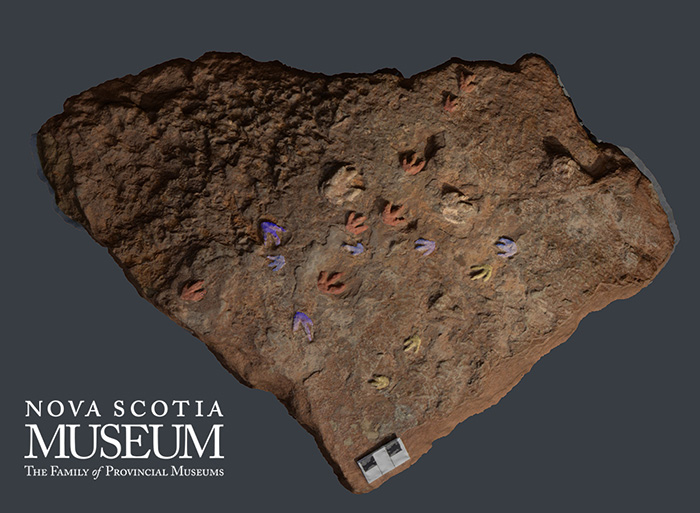
By: Dr. Tim Fedak, Acting Curator of Geology, Nova Scotia Museum
Nova Scotia is becoming known globally as an innovative centre in the use of 3D visualization for research and industrial projects.
A small workshop was held at the Nova Scotia Museum in May that highlighted several 3D digitization projects.
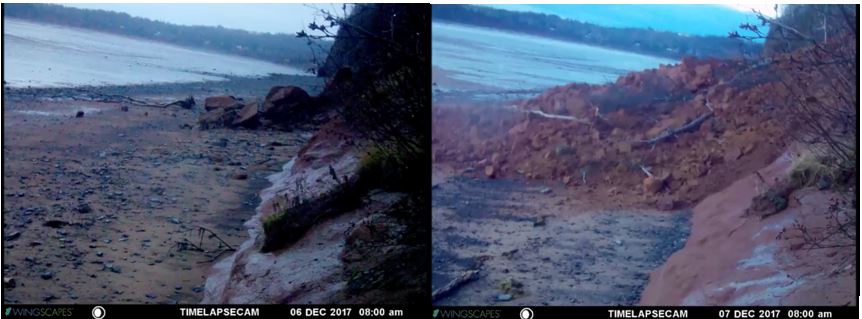
By: Tim Fedak, Acting Curator of Geology, and Regan Maloney, Fundy Geological Museum.
The phenomenal power of the Bay of Fundy tides is one of the great wonders of the world. Twice a day 160 billion tons of water flow in and out of the Bay of Fundy. The tremendous amount of water causes regular coastal erosion.
